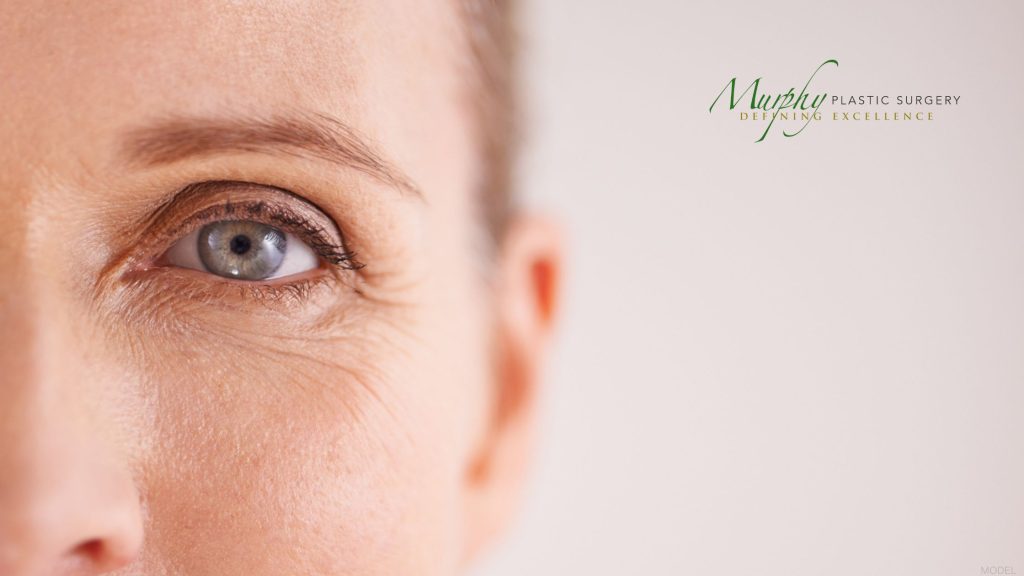Blepharoplasty, or eyelid surgery, is a popular procedure that addresses both cosmetic and functional concerns around the eyes. Whether you’re looking to refresh your appearance or improve your vision, understanding the blepharoplasty recovery time, who can benefit from the procedure, and the different techniques involved can all help you make an informed decision. Keep reading for a breakdown of the 5 key things to know about this procedure.
1. Who Can Benefit from Blepharoplasty?
Blepharoplasty is ideal for individuals with droopy upper eyelids, puffiness or bags under the eyes, or excess skin that may interfere with vision. It’s commonly sought by those who want to improve the appearance of their eyes, reduce signs of aging, or restore more youthful contours to the area around the eyes. The procedure is most effective for healthy adults, typically in their 30s to 70s, who have realistic expectations and no significant underlying health conditions.
2. What Can Blepharoplasty Treat?
Blepharoplasty offers solutions to a variety of functional and cosmetic issues. It can rejuvenate a tired appearance by:
- Raising droopy eyelids
- Smoothing under-eye puffiness
- Tightening lax skin and muscles around the eyes
- Removing vision obstructions caused by overhanging skin
- Easing fine lines and wrinkles around the eyes
If you feel you look older or more tired than you are, blepharoplasty may be an excellent option.
3. What Are My Eyelid Surgery Options?
Blepharoplasty is not a one-size-fits-all procedure and, in fact, there are multiple techniques that your plastic surgeon can recommend. These may include:
- Upper Eyelid Surgery: Focuses on removing excess skin from the upper eyelid to reduce sagging and create a more open-eyed appearance.
- Lower Eyelid Surgery: Addresses under-eye bags and puffiness, often by removing or repositioning fat deposits and tightening loose skin.
- Quad Blepharoplasty: Enhances all 4 eyelids for the most comprehensive results.
- Functional Blepharoplasty Targets overhanging skin that may be limiting the patient’s field of vision or causing discomfort; while this technique is medically motivated (and may be eligible for insurance coverage), it can also provide some cosmetic benefits.
- Canthopexy: Stabilizes or ‘suspends’ the lower eyelid to keep it in the correct position; by tightening and strengthening the tendons and tissues at the outer corner of the eyes, this technique can improve vision and address drooping.
During your consultation, your plastic surgeon will help you determine the right technique(s) for your specific case. For some patients, a brow lift is the better surgical option, while for others, it enhances their eyelid surgery by rejuvenating the whole upper face.
Learn more about combining blepharoplasty with a brow lift in our related blog post.
4. What Is the Recovery Time for Blepharoplasty?
While individual healing rates can vary, the blepharoplasty recovery timeline below aligns well with what most patients experience.
- Day 1 to 3: Swelling and bruising will be most noticeable during these first few days. Avoid rubbing your eyes, reading, or watching TV to prevent strain. Your vision may be blurry, and you may experience dry or watery eyes.
- Week 1: Stitches are typically removed around Day 5, and you can begin light activities. Avoid heavy lifting or bending over, and continue to rest your eyes as much as possible.
- Week 2: You may still have some puffiness and tightness in the eyelids, but the swelling will be significantly lower, and the discoloration will have resolved. You may be able to wear makeup at this point, and many patients will feel comfortable enough to return to work.
- Weeks 3 to 4: Residual swelling (often unnoticeable to others) may persist, but your appearance should be nearly back to normal—with a more refreshed and youthful look than before surgery, of course. Any external scars will begin to fade from pink to a lighter color.
- Months 2 to 3+: Final results emerge as the residual swelling fully resolves and your scars mature.
Make sure to attend all follow-up appointments and be diligent about your postoperative care to ensure the smoothest recovery journey possible.
5. How Do I Prepare for Eyelid Surgery Recovery?
To ensure a smooth recovery after eyelid surgery, we recommend the following tips:
- Rest with your head elevated to minimize swelling.
- Use preservative-free artificial tears to alleviate dryness, irritation, or itchiness.
- Minimize screen time and activities that require prolonged focus, as these can exacerbate swelling and discomfort.
- Wear large, dark sunglasses outdoors to protect your eyes and incisions from sunlight, wind, and dust.
Your provider will give you a detailed list of postoperative care instructions to ensure that you are well-prepared for each facet of your recovery.
Start Your Journey
If you would like to explore your eyelid rejuvenation options, please request a consultation or call us at 303-788-8400 to get started.





Leave a Reply